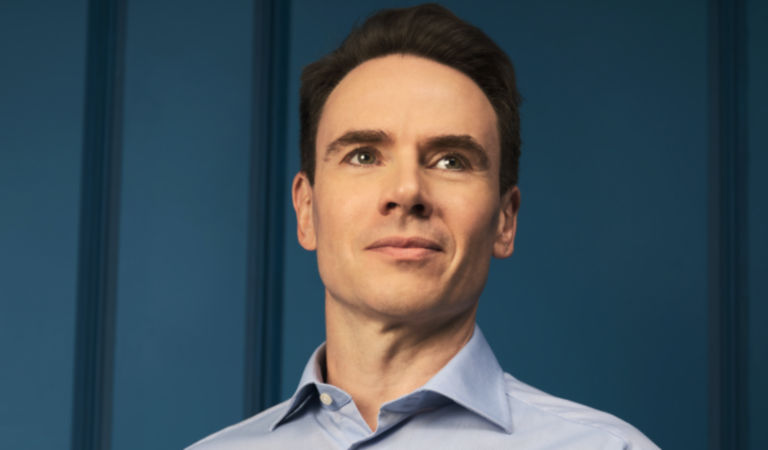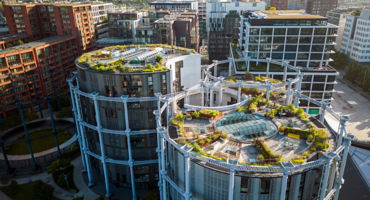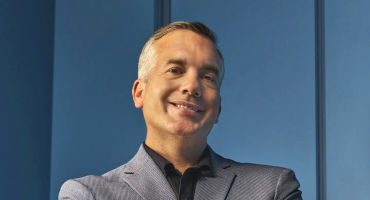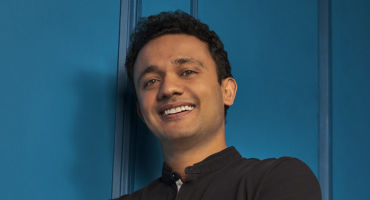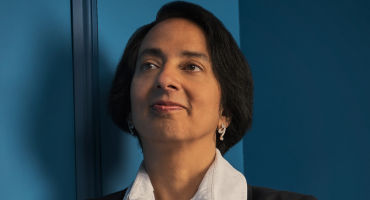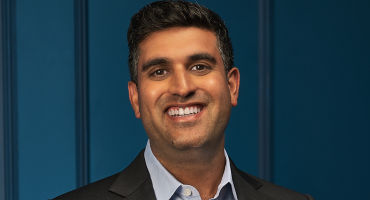Which investment themes stand to gain?
In many ways, 2022 felt like a transition year and the macro environment is now distinctly different to anything we’ve experienced since the global financial crisis. In this new environment, we are focusing our research on the following three areas of opportunity:
Social inclusion — After 30 years of declining returns to labour across economies, a fight back has begun. Rising inflation has been the immediate catalyst, but tension has been building for some time. Industrial action has accelerated globally, and government policy ultimately moves to reflect the will of the people. Transitioning towards a more inclusive economic model will take years. But I think it is inevitable that greater redistribution of wealth, more progressive income taxes, greater social spending, more investment in basic services and heavier regulation of specific industries will follow, providing tailwinds for enablers and beneficiaries of this transition.
Likely thematic beneficiaries: financial inclusion, health care provision and social empowerment
Net zero — Russia’s invasion of Ukraine turned net zero into a geopolitical theme, and while the costs of transitioning to a net-zero world have increased over the past 12 months (with higher inflation, interest rates and capex costs), so has the national security urgency to reduce dependence on fossil fuels. Some important policy developments took place in 2022. In particular, the establishment at COP27 of a “loss and damage” fund to provide financial assistance to nations most vulnerable and most impacted by climate change will help support a faster clean-energy transition.
Likely thematic beneficiaries: environmental consciousness and energy efficiency
Economic nationalism — The Fed’s Geopolitical Risk Index is at its highest level since the Iraq war in 20034 and the transition towards a multipolar world is continuing apace, with China playing a growing role. We expect a shift in post-Cold War structural drivers: deglobalisation instead of continued global integration; institutionalisation of great-power competition instead of geopolitical stability; and policy oriented towards broader national security instead of a sole focus on economic development. I believe we’re entering a new “capex super-cycle” focused on supply-chain diversification; food, water and energy security; and strategic industries like biotech, AI and defence.
Likely thematic beneficiaries: smart data, automation & robotics and digital infrastructure
Bottom line
In my view, by targeting structural trends, a thematic approach offers investors access to potentially compelling opportunities in EM equities. In today’s uncertain macro environment, this focus on themes as a starting point for portfolio construction rather than individual companies or sectors, which are more correlated with the vagaries of the economic cycle, would seem to hold even more appeal.
In two articles in our series on the secular trends spurring innovation and disruption across the global economy, my colleagues and I take a deeper look at the global thematic investment opportunities relating to financial inclusion and the global food system. And in two recent papers, Multi-Asset Strategist Adam Berger and colleagues examine how to incorporate thematic investing into a broader portfolio and offer a framework for structuring EM equity portfolios.


